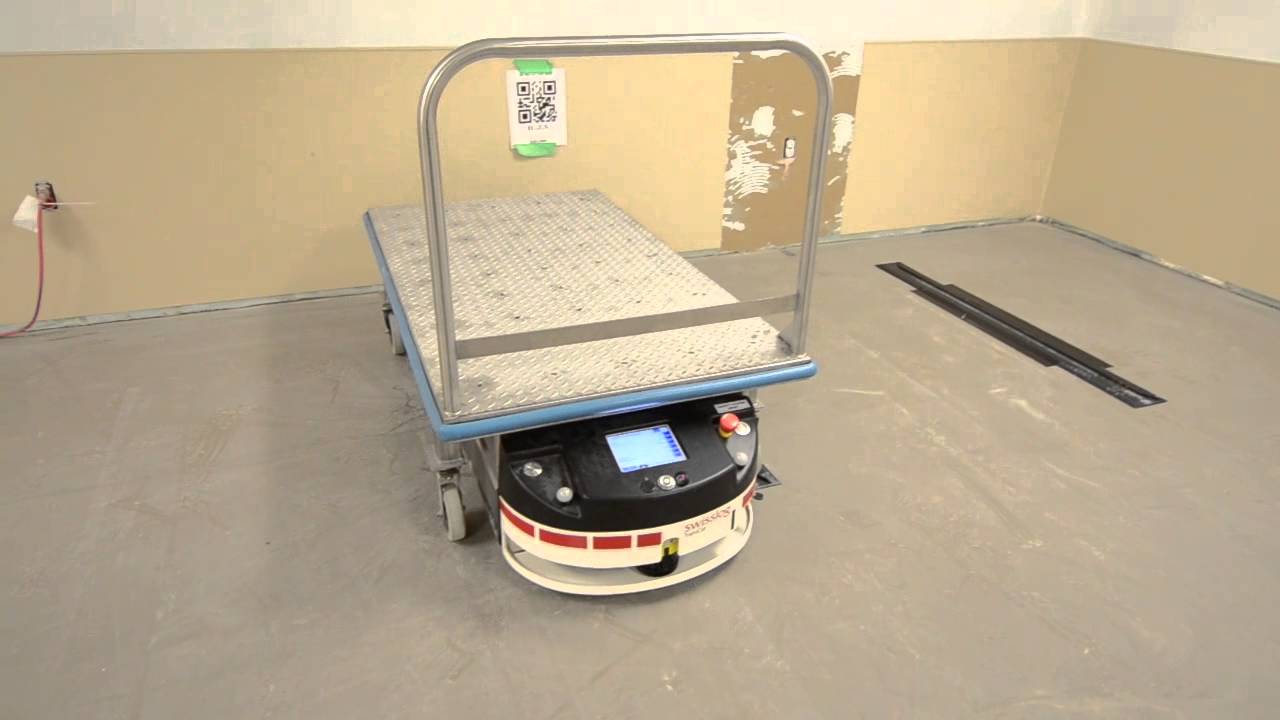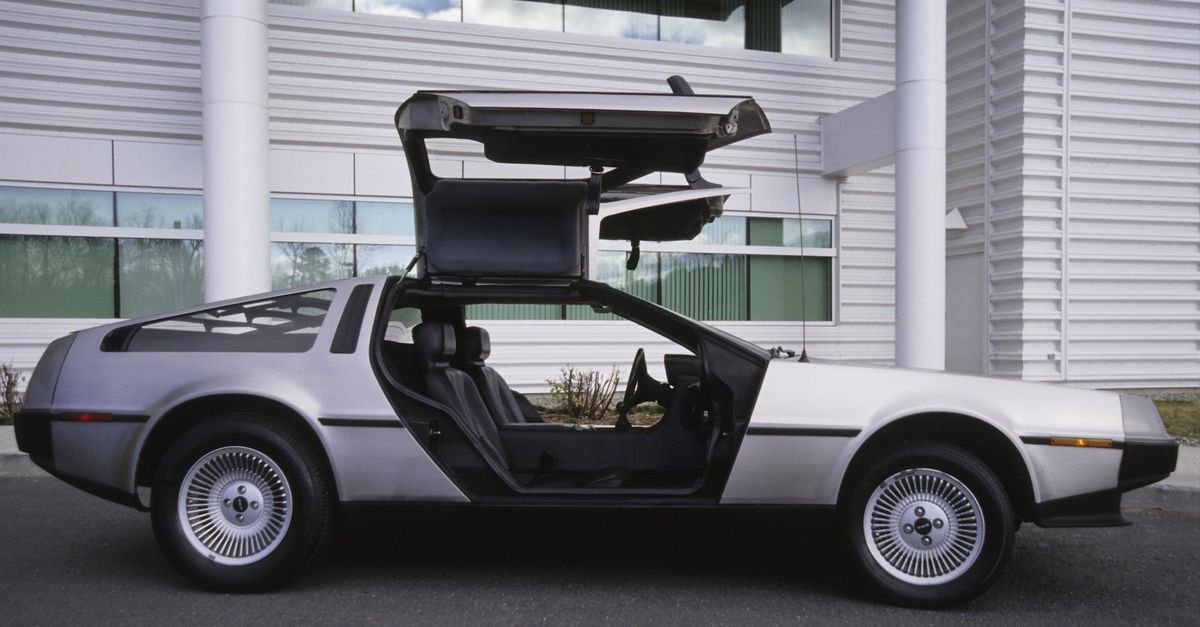Oct 21, 2015
The First Robot Operated Hospital in North America Has Finally Opened
Posted by Shailesh Prasad in categories: biotech/medical, food, health, robotics/AI
The $1.7 billion investment has finally opened its doors to the public, and the robots are ready to provide patients with a medical experience that’s truly revolutionary.
Hailed as the first fully digital hospital in North America, the Humber River Hospital in Toronto, CA finally opened its doors to the public on October 18. In addition to being equipped with the most advanced technologies, robots currently man several areas of the facility. This includes the radiology area where they facilitate the X-Ray procedure and the chemotherapy area where they mix, prepare, and monitor the drugs being administered to the patients. Before the drugs get to the patients, each package is checked and scanned thoroughly through an information management system to make sure that the patients get the correct treatment. These automated robots will also be assisting the health care staff by carrying and delivering medical supplies and food for patients.
Continue reading “The First Robot Operated Hospital in North America Has Finally Opened” »















